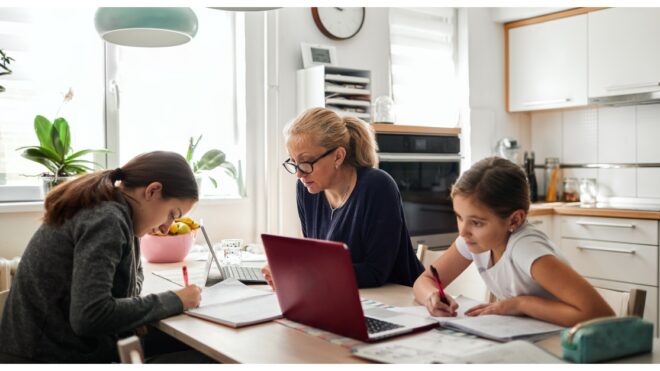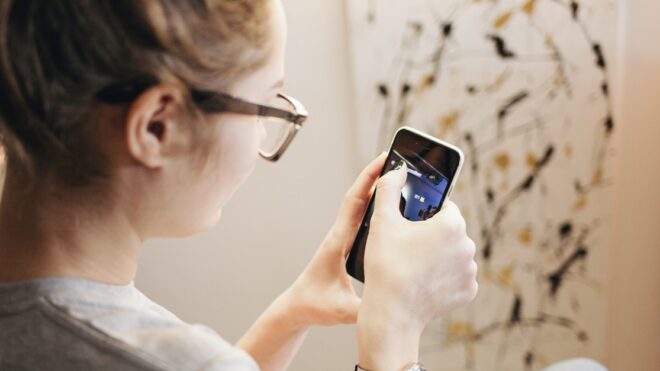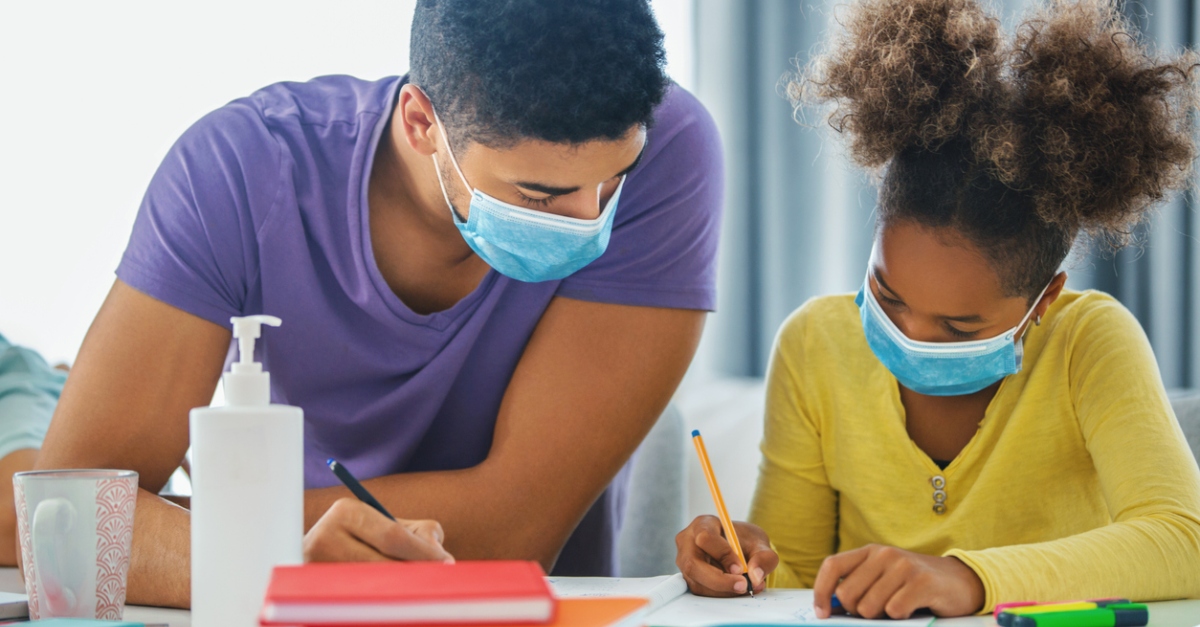
Preparing for the new school year looks very different for both teachers and families this year. This time of year would typically involve buying supplies, planning lessons, and getting classroom decor together. Instead, teachers are patiently awaiting word as to whether their school year will be in-person or remote. Teachers already do so much that goes above and beyond the requirements of their jobs. Now they're finding ways to bridge the gap between what they're provided and what they need to make classrooms safe. Many supplies will be paid for out of pocket by the teachers to ensure their safety and the safety of their students. Their solutions are creative and smart in ways that say so much about teachers' quick thinking.
LittleThings compiled tips from teachers in three different states about how they're working on keeping kids safe for in-person learning. Their thoughtful responses speak to their value in our lives and the lives of our children.
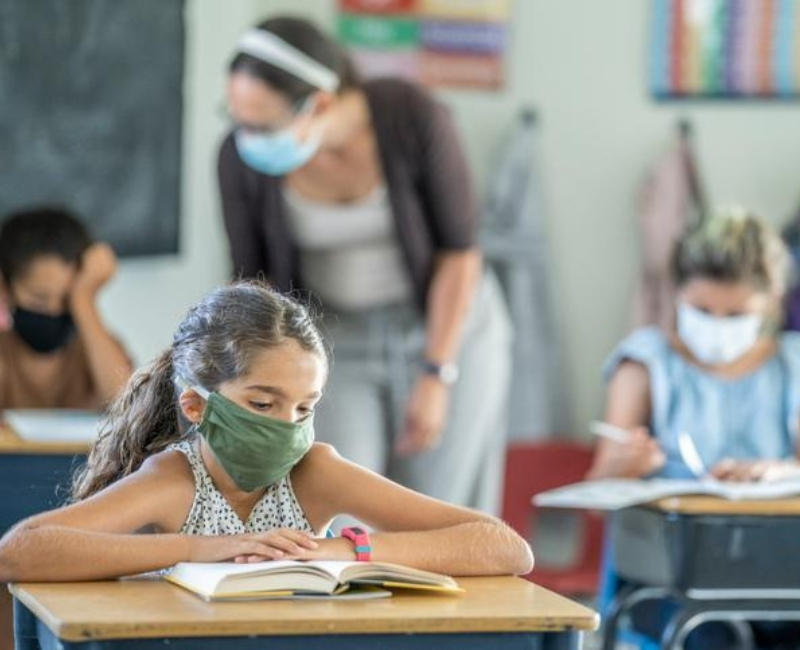
School districts are working hard to get classrooms ready for in-person instruction. It isn't an easy task. Many cash-strapped districts are able to do only so much. That's where teachers are stepping in — in a major way. Many teachers are outfitting their classrooms with their own safety measures.
One Texas teacher recently went viral after her husband made her a hand sanitizer dispenser operated by a foot pump. He's started selling them to teachers around the country for just $35.
A Connecticut second grade teacher who plans on placing her order soon applauded the couple. "We all have to get creative and teaching is more collaborative than other fields," she noted. "If we can all help each other, why wouldn't we?"
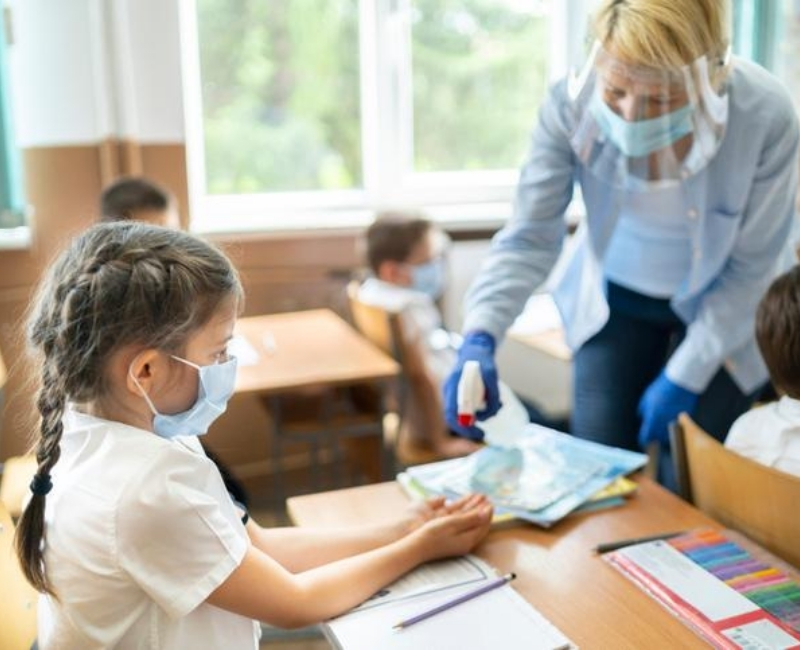
Hand sanitizer will be a major ask of teachers this year. Some school districts expect students to carry their own supplies of it, while others are able to get dispensers for their classrooms. For teachers forced to supply it in their own classrooms, they're doing everything they can to make it last.
"You can put a rubber band around the lowest point of the pump so it can't be pushed down as far," the Connecticut teacher explained of a hack she also plans to employ.
"The younger kids will pump it very hard, sometimes multiple times, and they don't need as much. Most of it ends up on the floor. You see it happen all the time with the soap dispensers in the bathrooms."
A Floridian teacher had a similar experience when she asked for donations of half-gallon jugs to create personal water bottle holders for each of her students. Her post ended up going viral as more teachers asked if it was OK to replicate.
An eighth grade teacher in North Carolina noted that for schools that rely on water fountains, this is a major step toward keeping things sanitized. "If they have their own water bottles, they're not all using the water fountain," she explained.
"It's never just one that goes, either. Once one realizes they're thirsty, they all are. It'll also keep them from physically gathering in that respect."
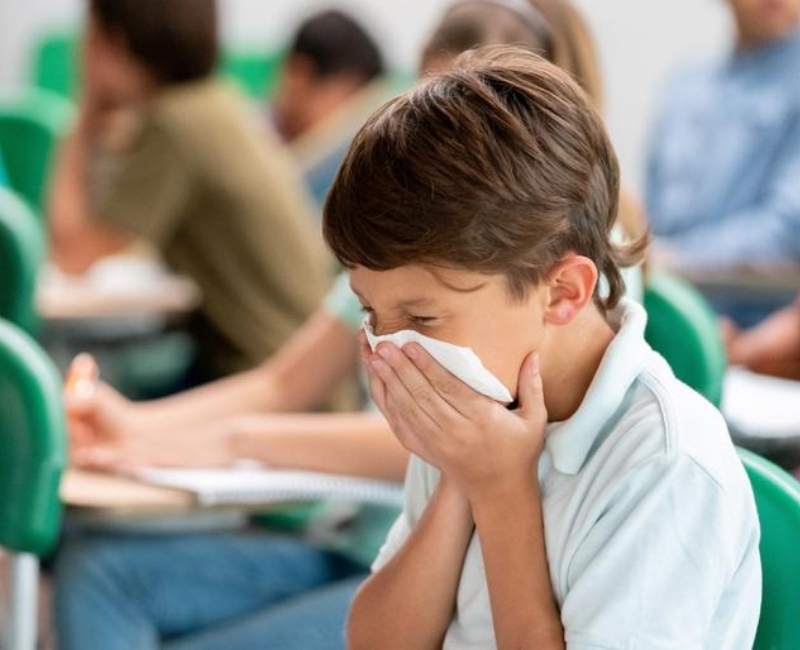
She also suggested having multiples of any item you might normally have the whole class share. The classroom tactic really applies to any common space.
"If you've got one tissue box in the room, all the kids will flock to it come winter. If you keep three or four spaced out throughout your classroom, you're also reducing that risk," she explained.
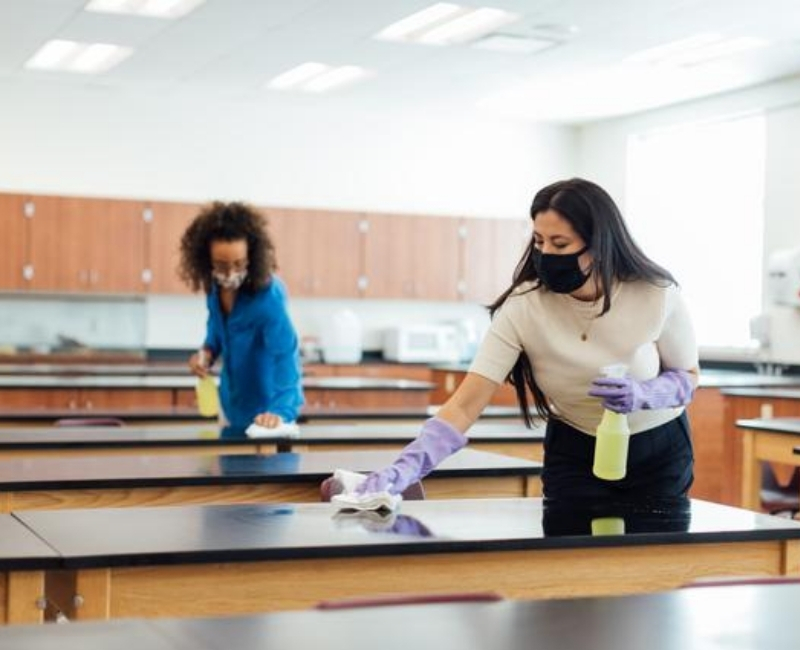
The teacher also said that when it comes to cleaning, teachers who will be tackling additional duties have to think smart. "A lot of us are going to have to buy cleaning supplies this year. It's going to be expensive, there's no way around it," she said.
"But there are ways to cut corners. You can get a pack of painter's rags for less than $10. Doing a load of laundry every week for your classroom on top of everything else might be the last thing you want to do, I get it. But if it saves you from spending $10 every week or two on paper towels, isn't it worth it?"
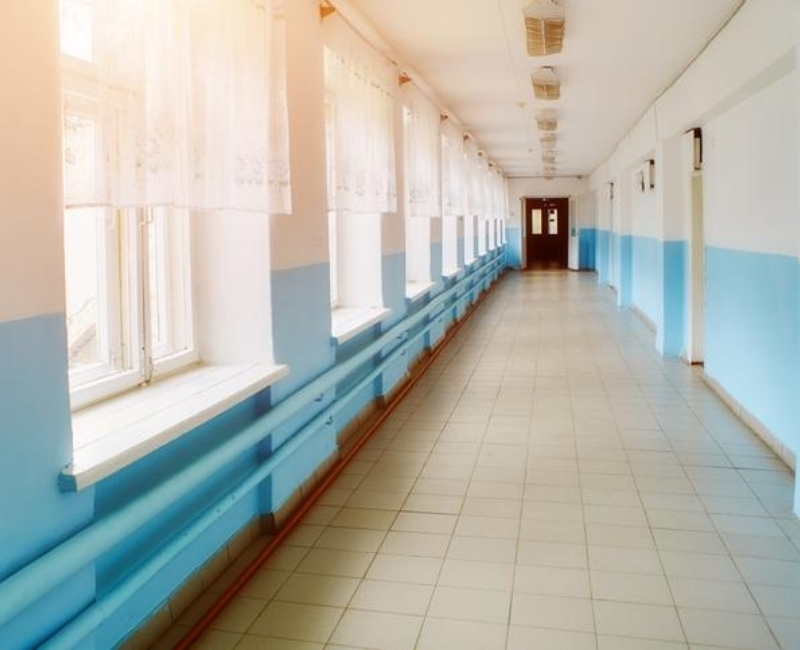
A lot of teachers are also thinking about airflow in their classrooms. School buildings are relying heavily on open windows this year. Some are hoping to buy fans, filters, and purifiers to help improve the state of things.
"They aren't cheap," one sixth grade teacher in New York noted. "Demand is high too, so getting your hands on anything in time for the start of the year is a toss-up. People think that I'm only putting my own money into it because I'm high risk, but I know that inevitably, some of my students and their loved ones will be too. It's about doing the most to keep everyone safe."
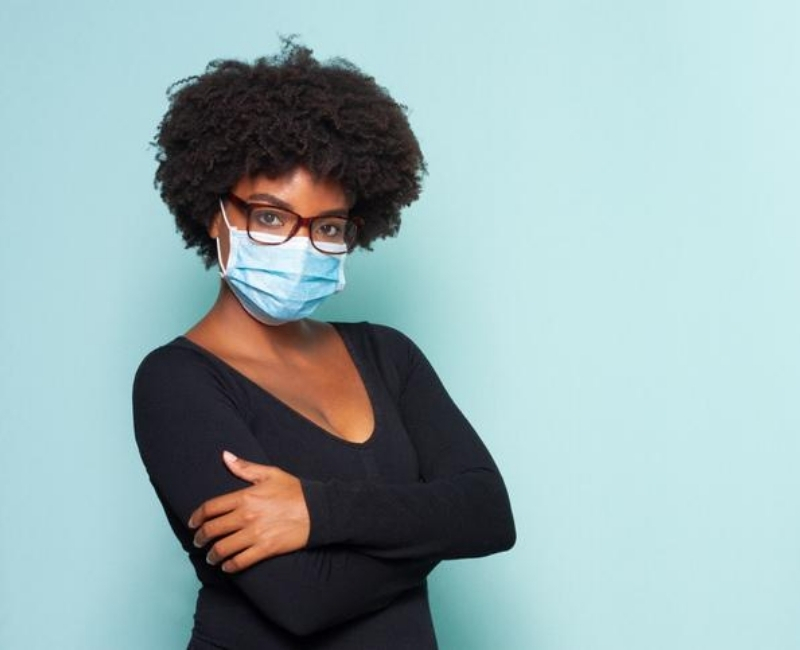
She's considering, as many other teachers are, being upfront with her students about her condition.
"Kids are very empathetic," she noted.
"Sometimes, they need to know that a threat is real to take it seriously. Age and maturity factor into it, but at the end of the day, most kids feel really good about helping other people."
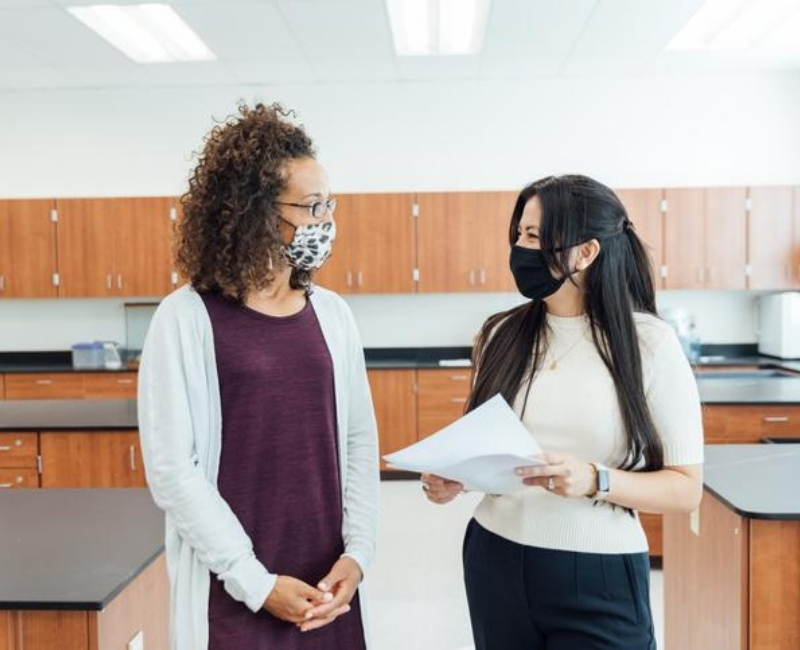
The Connecticut teacher said that for her peers, a lot of what's been challenging is really examining how the day will go and what basic processes will need change.
"Up until recently, we weren't sure what the structure of our day would look like, so it was hard to plan. Now that we've got more details, we have to look closely at the day. Something as simple as hall passes have to be approached differently," she said.

For things like that, teachers need to work closely with other teachers in their localities. "Every district has a different policy when it comes to bathroom and hall passes," she explained.
"Some require a physical pass, so those teachers are looking at how to keep that process safe. Others are going paperless and doing passes in the form of a logbook online, so the students are signing themselves in and out from their own classroom devices."
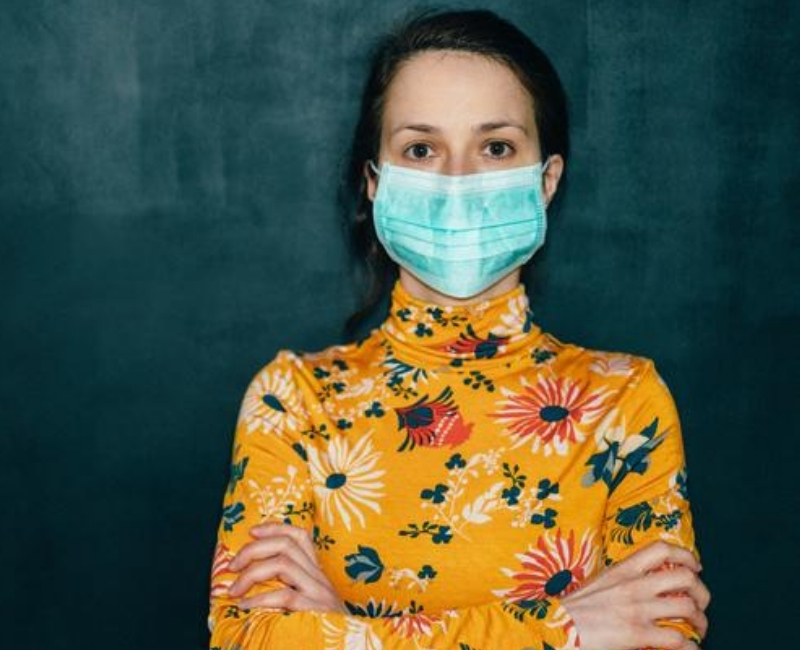
Teachers are even rethinking their wardrobes. Many are asking that the usual dress code they are held to be disregarded this year. In areas where that is allowed, many teachers are considering wearing scrubs instead.
"Dress clothes for work are expensive and hard to clean," the New York teacher noted. "Scrubs aren't ideal, but they're easier to clean and cheaper to replace if need be."
Teachers are prepared to do whatever it takes to educate their kids, both in-person and online. It requires creativity, flexibility, and a lot of heart. If you're in a position to give back, consider helping your local teachers. There are Amazon lists, DonorsChoose, and more ways to help keep kids safe, engaged, and educated this school year.

